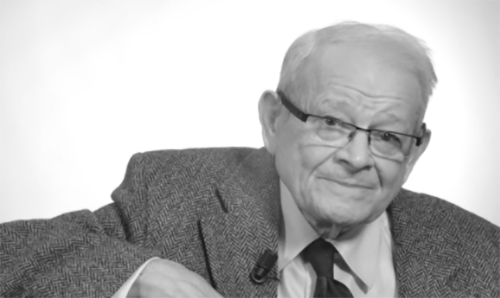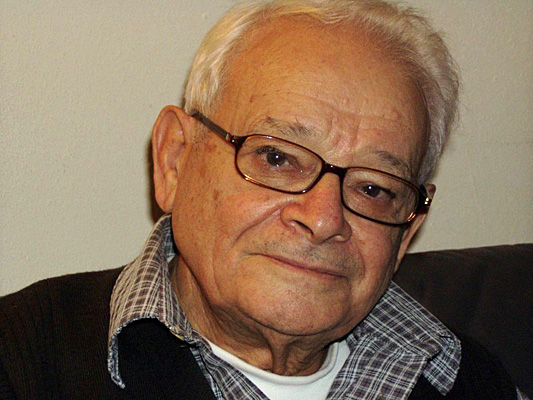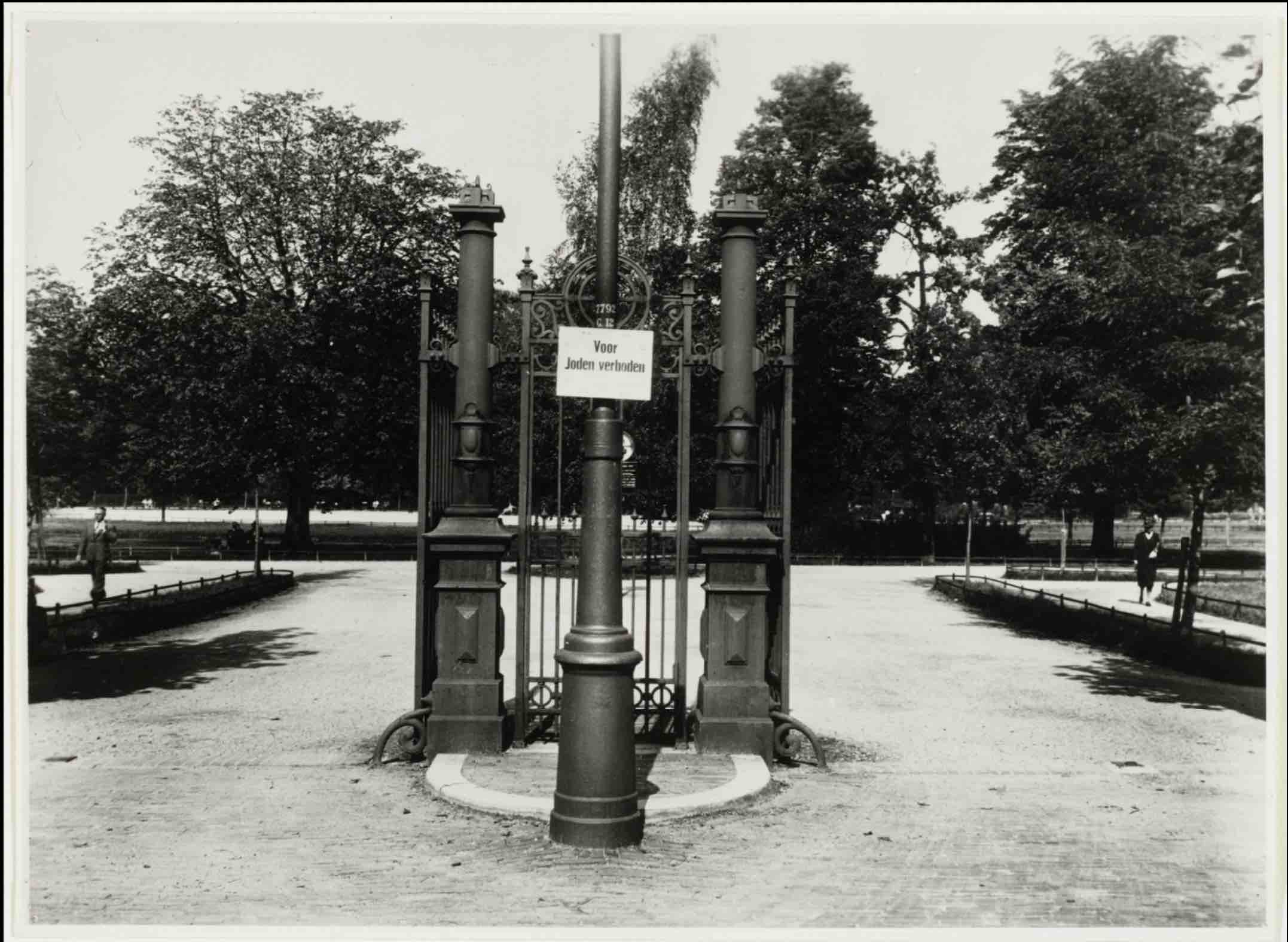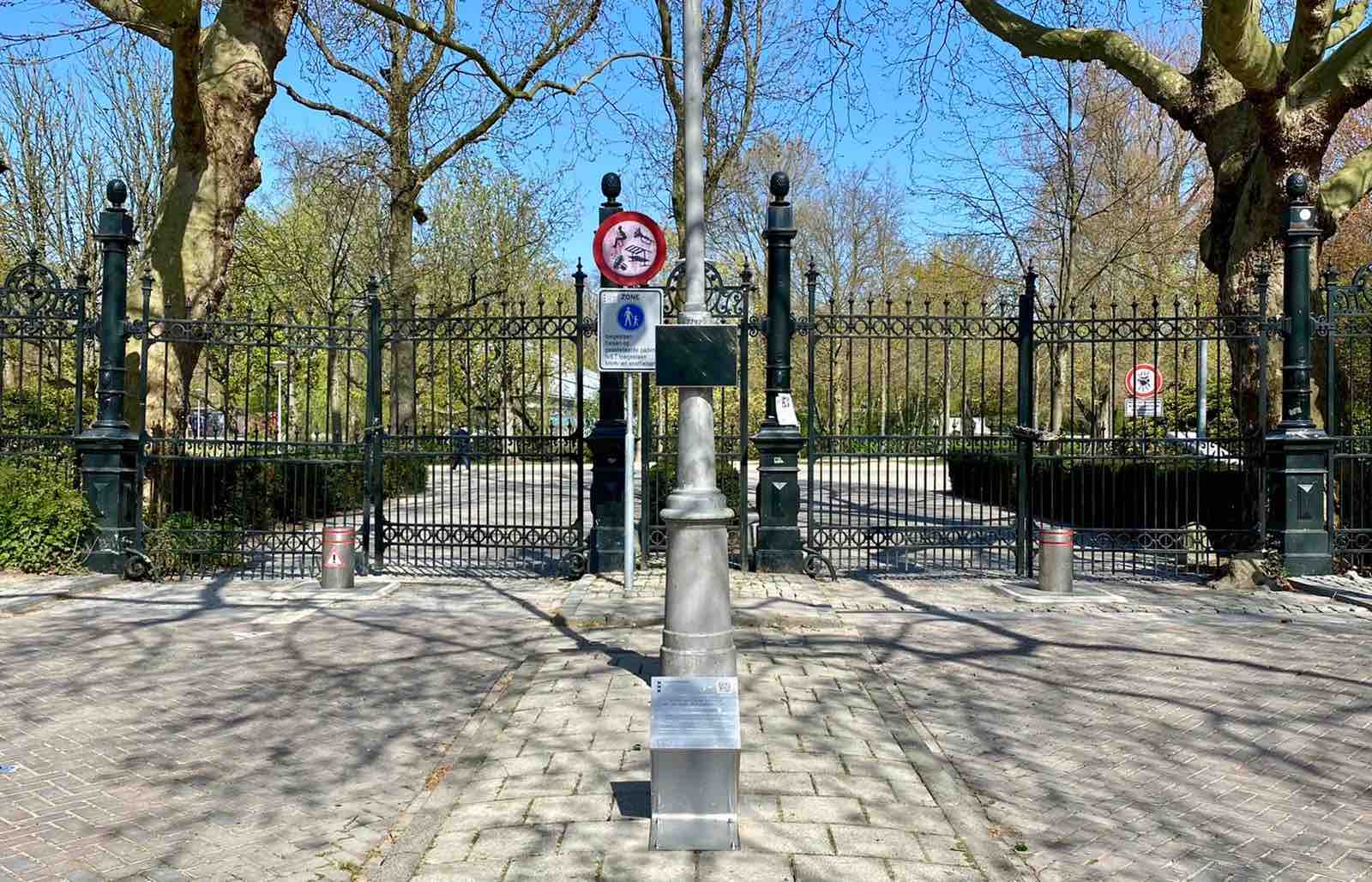Selma Wijnberg, the last Dutch survivor of the German extermination camp Sobibór, has passed away. The family informed the Dutch media NOS. Selma Wijnberg was 96 years old.
On 9 April 1943, the then 20-year-old Wijnberg was deported from Camp Westerbork to the extermination camp in nazi-occupied eastern Poland. There she managed to escape in October 1943, during the uprising in Sobibór, with her Polish friend Chaim Engel, whom she had fallen in love with.
Pregnant
After a hellish flight, when most refugees from Sobibor were shot dead, Selma and Chaim found shelter in an attic with a Polish farmer. There they stayed for nine months until they were liberated in July 1944 by the Red Army.
Selma had become pregnant at the farm. On the way in the east of Poland, she gave birth to a son, Emiel. The couple continued with the baby to Odessa on the Black Sea, where they went to Marseille by boat. Emiel died on board. Before the Greek coast the little corpse was thrown into the sea.
Not welcome
Via Marseille, Selma and Chaim ended up in Zwolle, where they moved into hotel Wijnberg, where Selma had grown up. They were certainly not received with open arms. Minister Kolfschoten decided that Chaim should be expelled as an undesirable alien. When the couple married, he determined that Selma also had to leave because she had acquired Polish nationality through her marriage.
Because Poland did not cooperate, the couple could still stay in Zwolle. They got a son and started a fabric store.
In 1951 they emigrated, bitterly about the attitude of the Netherlands, to Israel. From there they moved to the US in 1957, where they continued to live for the rest of their lives. Chaim died in 2003.
Apologies
In 2010 Minister Klink offered apologies on behalf of the Dutch government for the inappropriate treatment she had received after the war. Selma returned for the first time, with her two granddaughters, to the Netherlands, where she visited Zwolle. In 2017 a memorial plaque was placed for her.
The historian Ad van Liempt wrote a book about her, under the title ‘Selma, the woman who survived Sobibor’
In Sobibor, 34,000 Jews from the Netherlands were gassed. Only 18 survived, including Jules Schelvis our founder, who in recent years of his life successfully demanded attention for the horrors that had taken place in Sobibor.
Source: NOS








